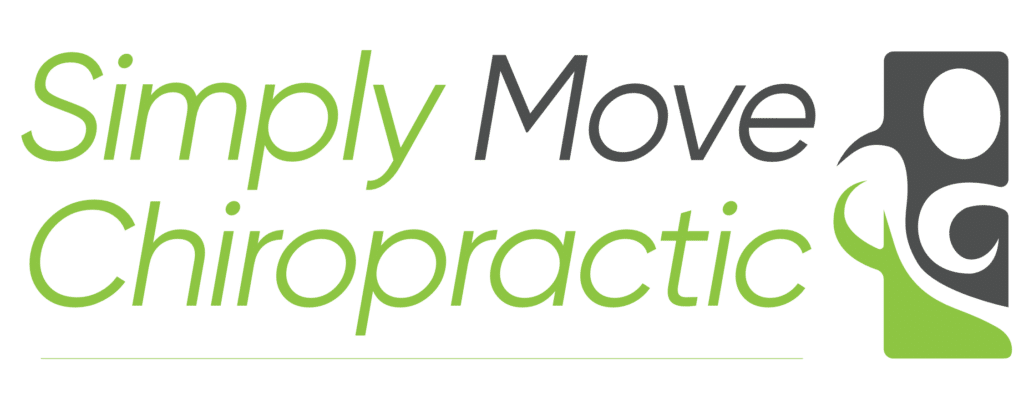In my practice in Charlotte, I often see patients suffering from TMJ pain, a condition that can disrupt not only jaw function but also daily life, causing discomfort while eating, speaking, or even simply resting. One of the therapies I offer to alleviate this pain is dry needling, a highly effective approach for relieving muscle tension and addressing the root of TMJ dysfunction. For this blog, I want to briefly highlight how dry needling works and discuss a recent study that validates its effectiveness, particularly when targeting trigger points within the jaw muscles.
Overview of Dry Needling for TMJ Pain
Dry needling, especially when applied deeply (a technique known as deep dry needling or DDN), is aimed at releasing muscle knots, or trigger points, that develop from muscle overuse, stress, or trauma. In TMJ dysfunction, these trigger points often form in the jaw’s key muscles, like the masseter, which can lead to chronic pain and restricted movement. By carefully inserting fine needles into these points, I can stimulate a localized healing response that releases tightness, reduces inflammation, and ultimately decreases the pain patients feel. This technique is minimally invasive and often produces noticeable results after just a few sessions.
Recent Research Validates Dry Needling’s Effectiveness for TMJ
A recent clinical trial sheds light on how effective DDN can be in treating TMJ disorders. In this study, 36 patients with TMJ dysfunction were divided into two groups: one received true deep dry needling on the masseter muscle, while the other underwent a simulated version. Evaluations were conducted at three intervals: before needling, 10 minutes post-needling, and again after 15 days. These assessments measured pain, jaw movement, muscle tone, and alignment to determine the impact of the treatment.
The results were impressive. Not only did patients who received the real DDN report significantly less facial pain, but they also experienced measurable improvements in jaw movement. The range of mouth opening increased, and the symmetry of jaw motion—an important factor in balanced and pain-free jaw function—was notably improved. Muscle tone decreased, and digital analysis of jaw alignment showed that the jaw moved more smoothly and symmetrically after needling.
Another key finding was the decrease in time required for the jaw to reach maximum force, an indicator of improved muscle relaxation and efficiency. Together, these results suggest that DDN is effective not only in reducing pain but also in restoring function and balance to the jaw, addressing both the symptoms and some of the underlying issues contributing to TMJ dysfunction.
How This Research Connects to My Practice
In my practice, I often incorporate dry needling as part of a broader TMJ treatment plan, addressing the unique needs of each patient. This study reinforces what I’ve observed: when applied to specific trigger points, dry needling can release chronic tension in the masseter muscle and improve jaw alignment, providing my patients with lasting relief. For those with severe jaw tension or limited mobility, dry needling serves as an excellent foundational treatment to reduce pain and increase the effectiveness of other therapies I might recommend, such as Active Release Technique (ART) or therapeutic exercises.
More recently, I have had really great success with Red Laser Therapy and Shockwave Therapy.
What makes this study particularly relevant is its focus on muscle balance and alignment, which are crucial in TMJ recovery. As the research shows, improving jaw symmetry not only alleviates pain but also restores functional alignment, helping prevent future discomfort. For patients experiencing the constant, frustrating cycle of TMJ pain, these benefits can make a dramatic difference in quality of life.
Personalized TMJ Care with Dry Needling
Each case of TMJ pain is unique, with factors ranging from muscle tension to misalignment contributing to the overall discomfort. By using dry needling, I target these muscle-specific issues directly, reducing tension in the masseter and other affected muscles. As shown by this study, dry needling is a valuable step in restoring balance and reducing pain for long-term relief. At Simply Move Chiropractic, I’m committed to integrating research-backed treatments that work, and dry needling has proven itself as an essential tool in effectively managing and alleviating TMJ pain for my patients.
If TMJ pain has been affecting your daily life and you live in Charlotte, NC, consider scheduling an appointment to explore how dry needling, along with a comprehensive treatment plan, can provide relief and help you regain comfortable, natural jaw movement.





